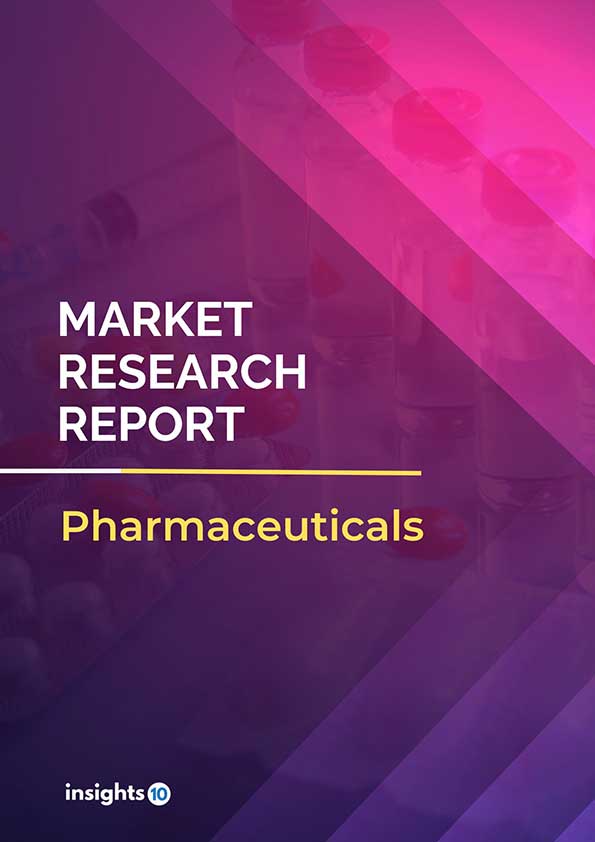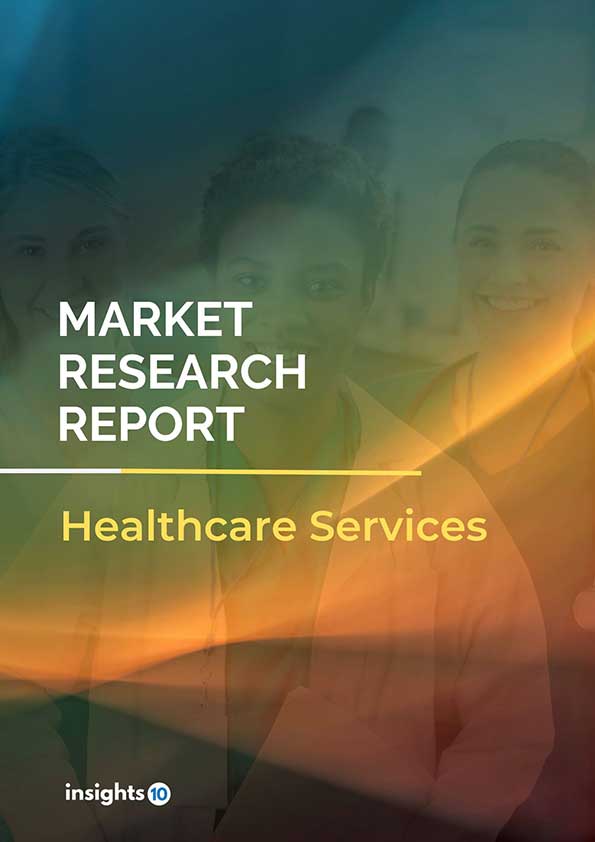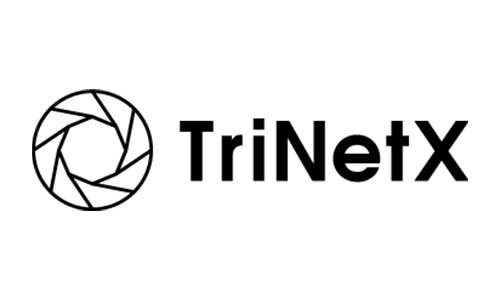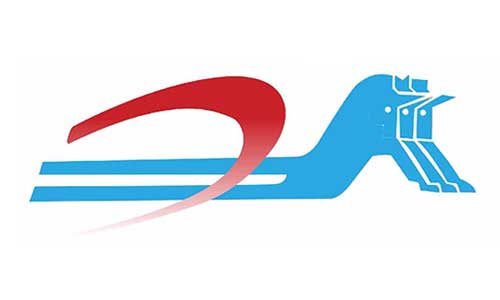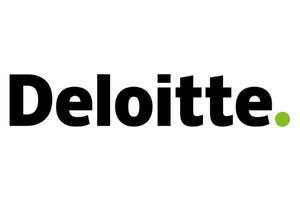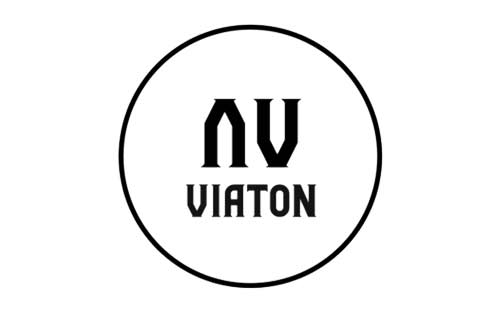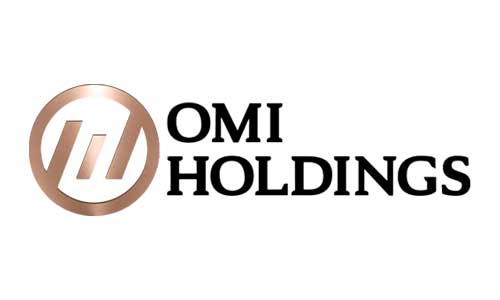Philippines Oncology Therapeutics Market Analysis
By 2030, it is anticipated that the Philippines Oncology Therapeutics Market will reach a value of $790 Mn from $400 Mn in 2022, growing at a CAGR of 8.9% during 2022-2030. The Oncology Therapeutics Market in the Philippines is dominated by a few domestic pharmaceutical companies such as Pascual Laboratories, TGP Group, and United Laboratories. The Oncology Therapeutics Market in the Philippines is segmented into different types of cancer and different therapy type. The major risk factors associated with cancer are diet, alcohol, tobacco, air pollution, and physical inactivity. The demand for Philippines Oncology Therapeutics is increasing on account of the rise in initiatives taken by the Government of the country.
Buy Now

Philippines Oncology Therapeutics Market Analysis Summary
By 2030, it is anticipated that the Philippines Oncology Therapeutics Market will reach a value of $790 Mn from $400 Mn in 2022, growing at a CAGR of 8.9% during 2022-30.
Cancer is the second leading cause of mortality in the Philippines, a lower-middle-income country (LMIC) in Southeast Asia with a population of more than 110 Mn people. According to the Department of Health (DOH), cancer affects 189 out of every 100,000 Filipinos, with four Filipinos dying of terminal illness every hour, for a total of 96 cancer patients every day. Cancer was responsible for approximately 150,000 new diagnoses and over 90,000 fatalities in 2020 alone. 1 The Philippine National Integrated Cancer Control Act (NICCA) was signed into law in February 2019.
The NICCA includes provisions for the establishment of national and regional cancer centres, educational initiatives for healthcare professionals and laypeople, psychosocial, supportive, and palliative services, the establishment of a national cancer registry, support for training in and the conduct of cancer research ranging from basic science and clinical investigation to psychological and sociological research, and expanded financial support for patients. The Philippines' government spent 5.1% of its GDP on healthcare in 2020.
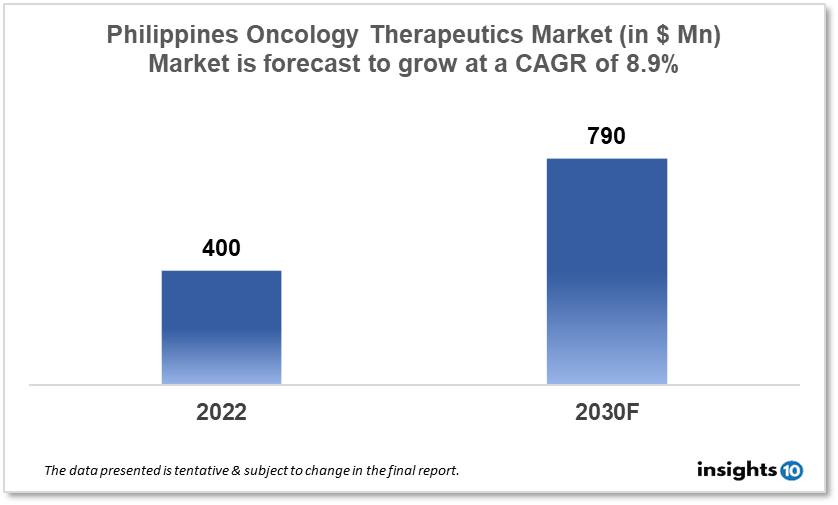
Market Dynamics
Market Growth Drivers
The recent "Hope Matters: Lighting a Path for Better Cancer Care" event attempted to stimulate efforts to put the provisions of the NICCA into action. Tobacco is used by over one-quarter of Filipinos aged 15 and older, placing millions at risk of acquiring cancer. The Philippines' Business Process Outsourcing (BPO) industry is thriving. These aspects could boost the Philippines Oncology Therapeutics Market.
Market Restraints
Despite the prevalence of risk factors such as smoking and the burden of disease caused by cancer, the Philippines still lacks context-specific national screening guidelines and nationwide screening programmes. Due to the COVID-19 pandemic, the Philippine General Hospital expects a three-year backlog of cancer patients. These factors may deter new entrants into the Philippines Oncology Therapeutics Market.
Competitive Landscape
Key Players
- United Laboratories (UNILAB): UNILAB is a Filipino pharmaceutical company that produces a range of cancer therapeutics, including chemotherapy drugs and targeted therapies. The company has a strong presence in the Philippines and other countries in Southeast Asia
- Pascual Laboratories: Pascual Laboratories is a Filipino pharmaceutical company that produces a range of cancer therapeutics, including chemotherapy drugs and targeted therapies. The company has a strong focus on research and development and has several innovative cancer drugs that are currently in clinical development
- Pharex Health Corporation: Pharex Health Corporation is a Filipino pharmaceutical company that produces a range of cancer therapeutics, including chemotherapy drugs and targeted therapies
- TGP Group: TGP Group is a Filipino pharmaceutical company that produces a range of cancer therapeutics, including chemotherapy drugs and targeted therapies. The company has a strong focus on research and development and has several innovative cancer drugs that are currently in clinical development
Notable Recent Deals
April 2022: The Philippine Food and Drug Administration (FDA) recently approved the oral drug Olaparib for the treatment of several diseases, including Advanced Ovarian, Breast, Prostate, and Pancreatic Cancer patients. AstraZeneca Philippines brings this medicine to the country, marking this significant milestone for Filipinos with a stronger push to encourage early medical consultation to assess cancer risk and receive treatment.
Healthcare Policies and Reimbursement Scenarios
In the Philippines, the administrative body liable for the endorsement and guideline of restorative items, including malignant growth therapeutics, is the Food and Medication Organization (FDA). In the public medical services framework, the expense of disease therapies, including malignant growth therapeutics, is covered by the Philippine Health Insurance Corporation (PhilHealth). The PhilHealth Benefit Package covers specific disease therapeutics, including chemotherapy drugs, designated treatment, and immunotherapy. In 2019, the Philippine government signed Republic Act 11223 or the Universal Health Care (UHC) Law, which provides access to healthcare services to all Filipinos, including Overseas Filipino Workers (OFWs), through the government's health insurance programme (PhilHealth).
1. Executive Summary
1.1 Disease Overview
1.2 Global Scenario
1.3 Country Overview
1.4 Healthcare Scenario in Country
1.5 Patient Journey
1.6 Health Insurance Coverage in Country
1.7 Active Pharmaceutical Ingredient (API)
1.8 Recent Developments in the Country
2. Market Size and Forecasting
2.1 Epidemiology of Disease
2.2 Market Size (With Excel & Methodology)
2.3 Market Segmentation (Check all Segments in Segmentation Section)
3. Market Dynamics
3.1 Market Drivers
3.2 Market Restraints
4. Competitive Landscape
4.1 Major Market Share
4.2 Key Company Profile (Check all Companies in the Summary Section)
4.2.1 Company
4.2.1.1 Overview
4.2.1.2 Product Applications and Services
4.2.1.3 Recent Developments
4.2.1.4 Partnerships Ecosystem
4.2.1.5 Financials (Based on Availability)
5. Reimbursement Scenario
5.1 Reimbursement Regulation
5.2 Reimbursement Process for Diagnosis
5.3 Reimbursement Process for Treatment
6. Methodology and Scope
Oncology Therapeutics Segmentation
By Application (Revenue, USD Billion):
- Blood Cancer
- ?Colorectal Cancer
- Gastrointestinal Cancer
- Gynaecologic Cancer
- Breast Cancer
- Lung Cancer
- Prostate Cancer
- ?Others
By Drugs (Revenue, USD Billion):
- Revlimid
- Avastin
- Herceptin
- Rituxan
- Opdivo
- Gleevec
- Velcade
- Imbruvica
- Ibrance
- Zytiga
- Alimta
- Xtandi
- Tarceva
- Perjeta
- Temodar
- Others
By Therapy (Revenue, USD Billion):
- Chemotherapy
- Targeted Therapy
- Immunotherapy
- Hormonal Therapy
- Others
By Route of Administration (Revenue, USD Billion):
- Oral
- Parenteral
- Others
By Distribution Channel (Revenue, USD Billion):
- Hospital Pharmacies
- Retail Pharmacies
- Online Pharmacies
- ?Others
Methodology for Database Creation
Our database offers a comprehensive list of healthcare centers, meticulously curated to provide detailed information on a wide range of specialties and services. It includes top-tier hospitals, clinics, and diagnostic facilities across 30 countries and 24 specialties, ensuring users can find the healthcare services they need.
Additionally, we provide a comprehensive list of Key Opinion Leaders (KOLs) based on your requirements. Our curated list captures various crucial aspects of the KOLs, offering more than just general information. Whether you're looking to boost brand awareness, drive engagement, or launch a new product, our extensive list of KOLs ensures you have the right experts by your side. Covering 30 countries and 36 specialties, our database guarantees access to the best KOLs in the healthcare industry, supporting strategic decisions and enhancing your initiatives.
How Do We Get It?
Our database is created and maintained through a combination of secondary and primary research methodologies.
1. Secondary Research
With many years of experience in the healthcare field, we have our own rich proprietary data from various past projects. This historical data serves as the foundation for our database. Our continuous process of gathering data involves:
- Analyzing historical proprietary data collected from multiple projects.
- Regularly updating our existing data sets with new findings and trends.
- Ensuring data consistency and accuracy through rigorous validation processes.
With extensive experience in the field, we have developed a proprietary GenAI-based technology that is uniquely tailored to our organization. This advanced technology enables us to scan a wide array of relevant information sources across the internet. Our data-gathering process includes:
- Searching through academic conferences, published research, citations, and social media platforms
- Collecting and compiling diverse data to build a comprehensive and detailed database
- Continuously updating our database with new information to ensure its relevance and accuracy
2. Primary Research
To complement and validate our secondary data, we engage in primary research through local tie-ups and partnerships. This process involves:
- Collaborating with local healthcare providers, hospitals, and clinics to gather real-time data.
- Conducting surveys, interviews, and field studies to collect fresh data directly from the source.
- Continuously refreshing our database to ensure that the information remains current and reliable.
- Validating secondary data through cross-referencing with primary data to ensure accuracy and relevance.
Combining Secondary and Primary Research
By integrating both secondary and primary research methodologies, we ensure that our database is comprehensive, accurate, and up-to-date. The combined process involves:
- Merging historical data from secondary research with real-time data from primary research.
- Conducting thorough data validation and cleansing to remove inconsistencies and errors.
- Organizing data into a structured format that is easily accessible and usable for various applications.
- Continuously monitoring and updating the database to reflect the latest developments and trends in the healthcare field.
Through this meticulous process, we create a final database tailored to each region and domain within the healthcare industry. This approach ensures that our clients receive reliable and relevant data, empowering them to make informed decisions and drive innovation in their respective fields.
To request a free sample copy of this report, please complete the form below.
We value your inquiry and offer free customization with every report to fulfil your exact research needs.
